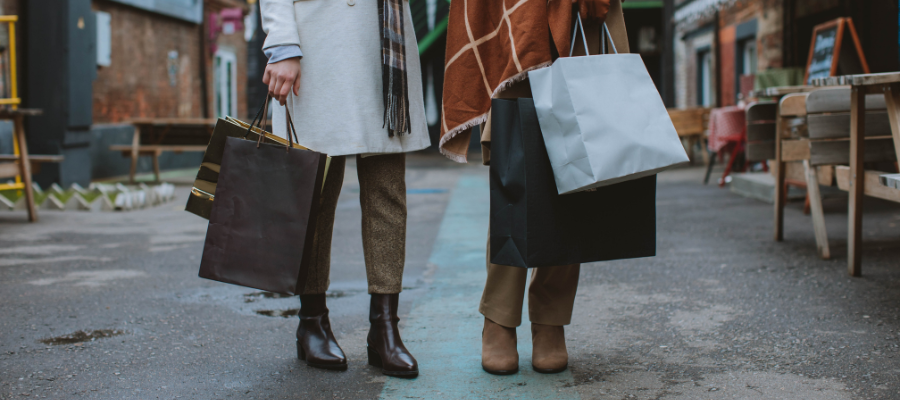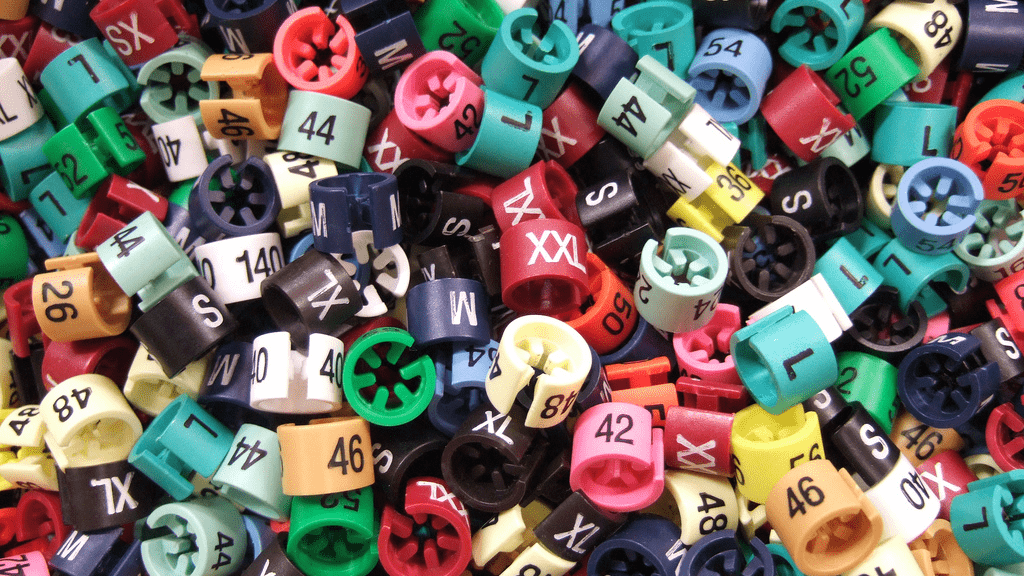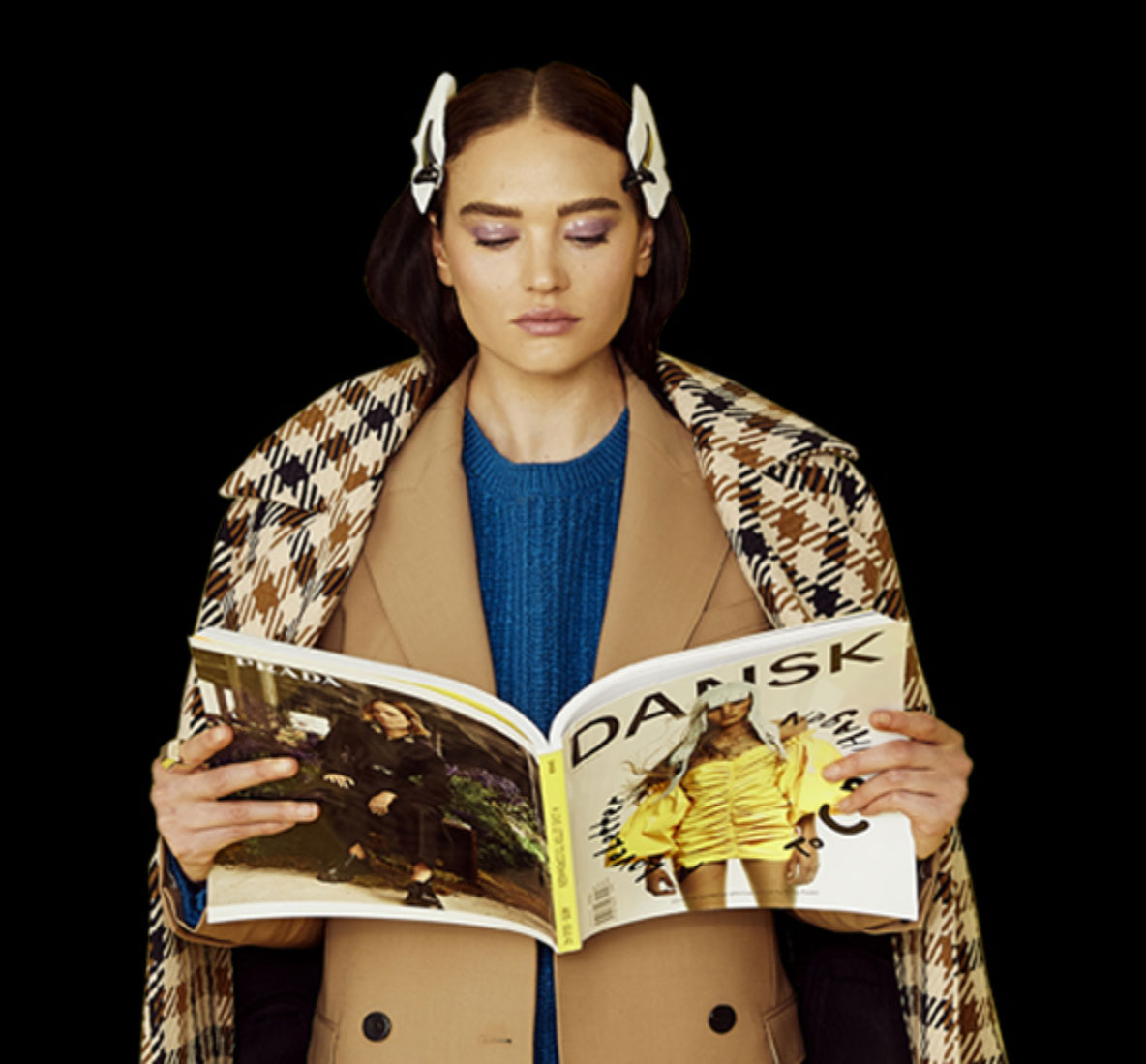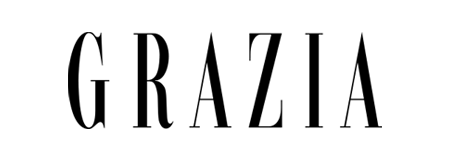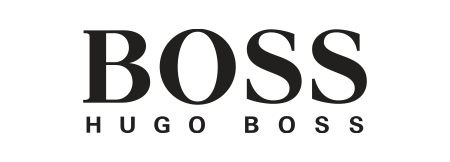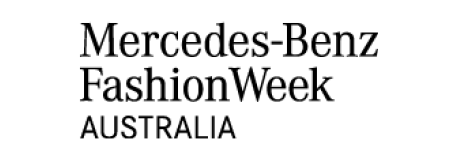Sustainable fashion has become trendier than a pair of Gucci slides, but it remains a broad and polarising concept.
During Fashion Revolution Week, we’ve been learning about what sustainability means to us and how we can best help the cause.
Considering picketing garment factories and throwing fake blood at fur donning celebrities isn’t really our style, we asked sustainable stylist, Jenna Flood how we can make more ethical fashion choices.
Australian Style Institute alumni and founder of the Ironic Minimalist, Jenna Flood is a passionate advocate for ethical fashion, low impact living and op shopping.
She feels that reducing your fashion impact comes down to knowledge, how we shop, what we buy and the value we place on the clothing we already own.
“The key to building a sustainable wardrobe is to really think about the garments you are putting in there,” says Jenna.
“Brands like kowtow, Dorsu and Vege Threads all do basic core pieces which are a great start to any wardrobe. ”
It’s great to support ethical labels, but before buying more, it is important to shop our own wardrobes first.
“The most sustainable wardrobe is the one you already have,” says Jenna
“Once an item wears out, find a suitable replacement by shopping at the above brands or similar.”
Jenna says that when shopping, it’s also important to make educated and critical purchasing decisions.
“Really think about the items you are buying,” she says, “Do you really need it? Do you have similar items, or are you just buying it because it’s cheap, on-trend or you’re bored?”
Critically thinking about what we are buying can save us money, space in our wardrobes and also reduce our impact on the environment.
Before buying something new, Jenna says you should consider its versatility and if you can wear it with items you already have.
She suggests asking yourself the following questions before purchasing any new item:
- What does the item go WITH in your wardrobe?
- Can you wear it over 30 times?
- Does it go with at least 3 things in your wardrobe?
Jenna also says you should look into the sustainability practices of the label you are buying from and research more ethical alternatives.
“Do some research, ask who made the clothing?” she says.
“Is there a more sustainable option than just the big fast fashion stores?”
Thrift shops are great alternatives to fast fashion retailers.
“Op shopping is a fantastic way to recycle clothing that is already in circulation,” Jenna says.
Jenna is a savvy op shopper, who says she always manages to find gold, following these 6 simple steps.
1. Be prepared.
Make a list to ensure you don’t overbuy.
2. Allow enough time.
Make sure you have enough time to go through the entire store thoroughly. Even check the men’s section! It’s fantastic for oversized shirts and jumpers.
3. Check the fabrics.
You want to look for longer lasting fabrics such as silk, wool, linen and cotton. Also, check for hard to remove stains or tears that cannot be sewn up.
4. Don’t just focus on your size.
Each brand runs to a different size chart and garments that were made in the 90’s or later have different standards in sizing.
5. Don’t forget about alterations.
If you love something, but it’s just a tad too big, see if it can be taken in by a seamstress. Then it can be customised to you and be one of a kind!
6. Have fun!
Keep an open mind and explore your style! Don’t forget to recycle your gently loved clothing back into the op shop stream.
Written by Kaitlyn Wilson.



